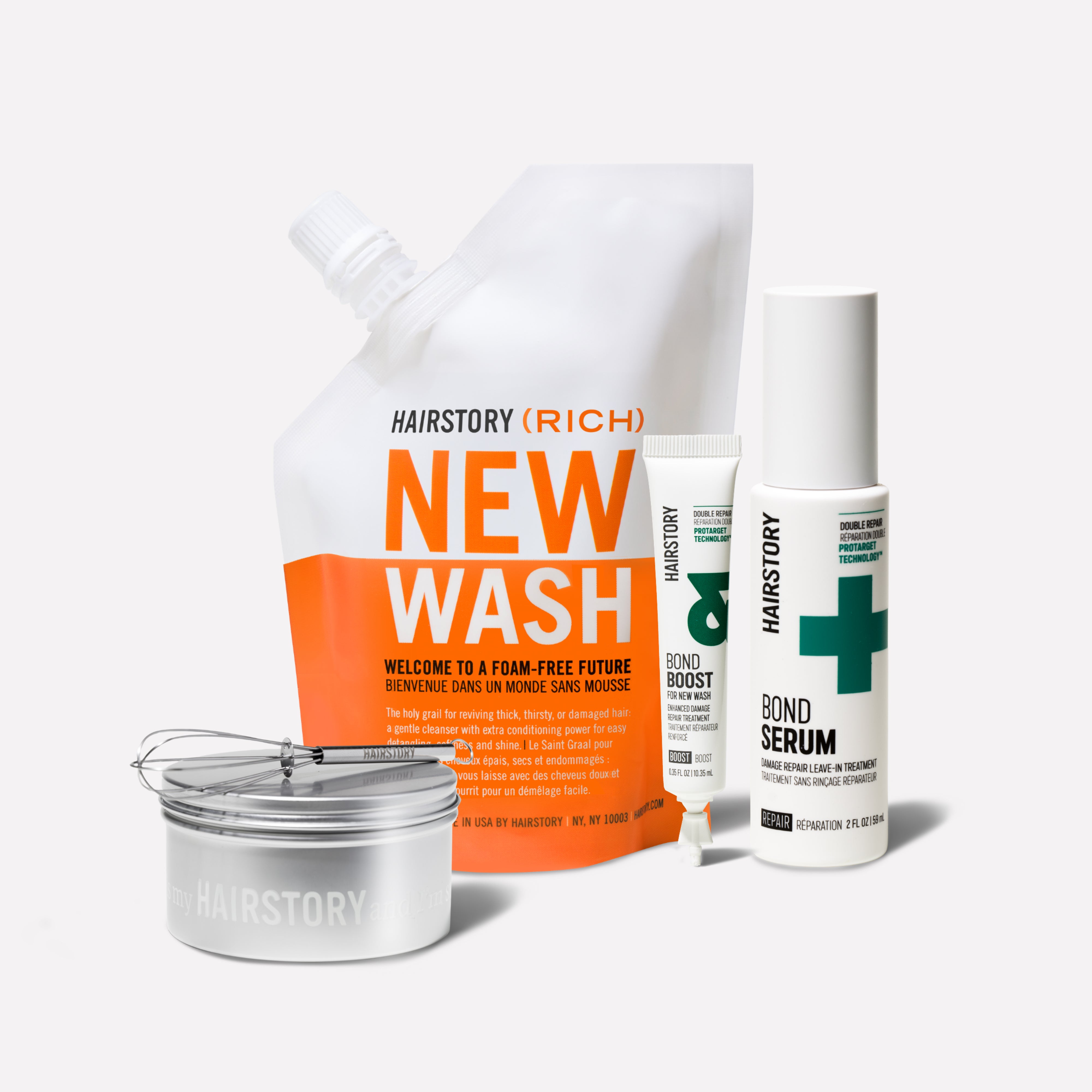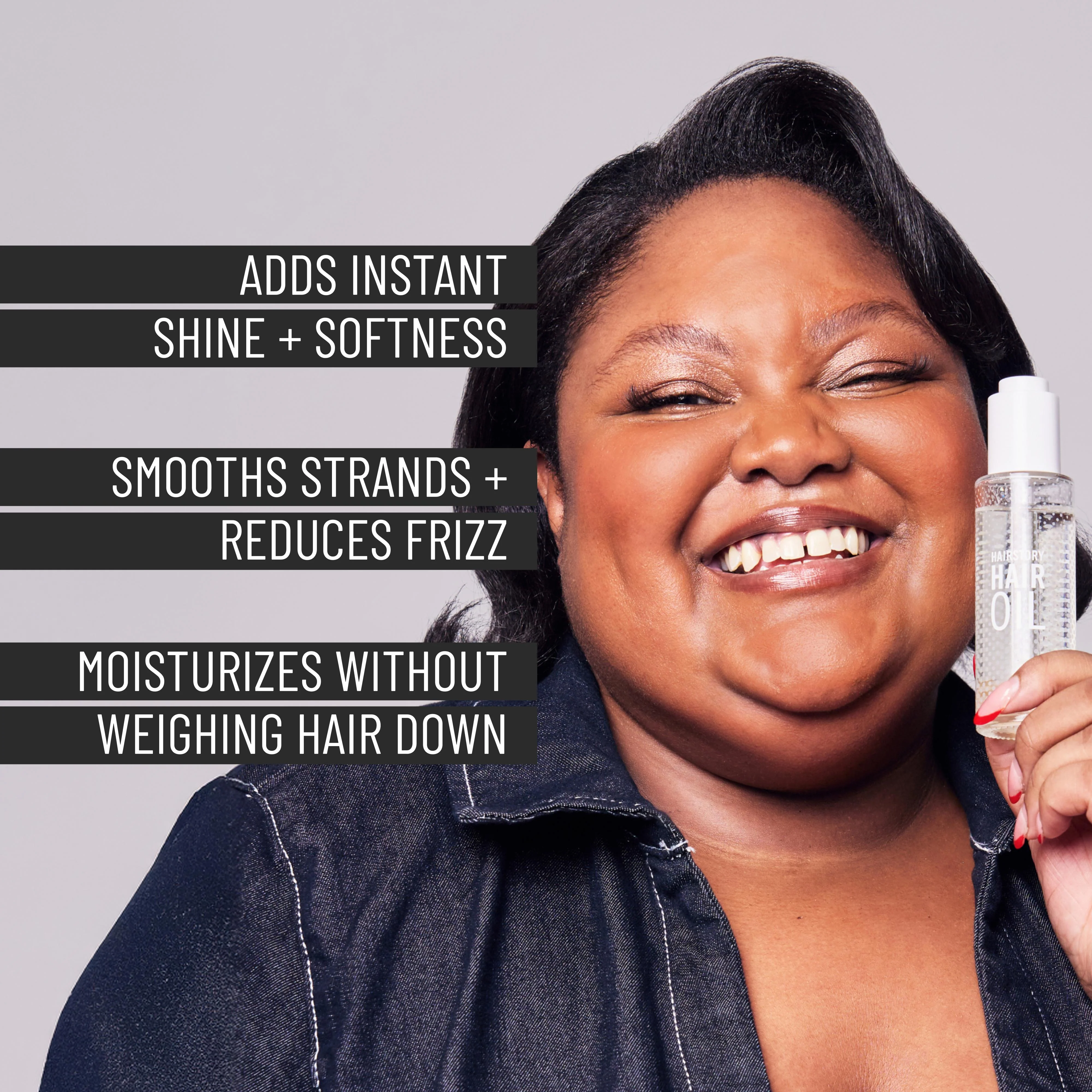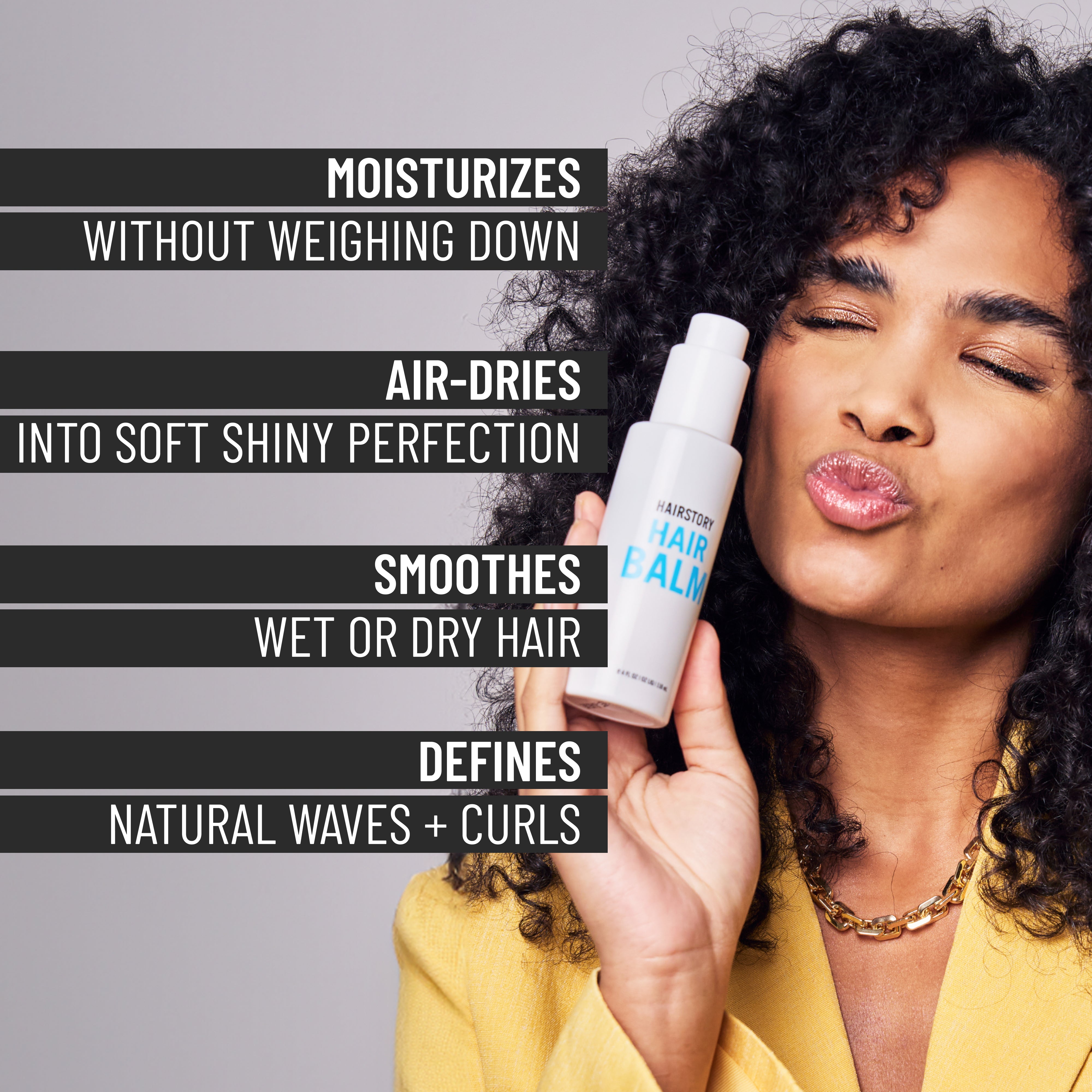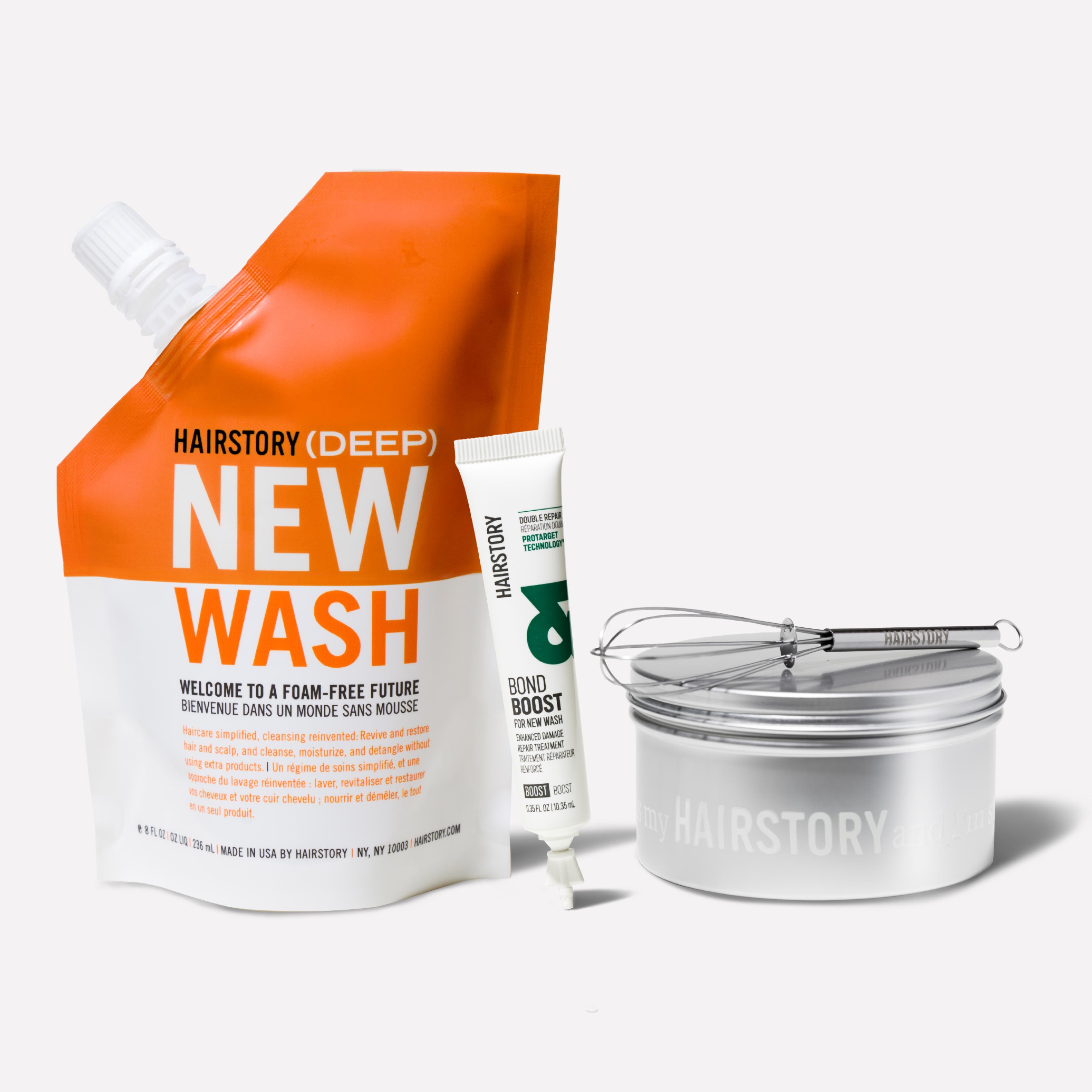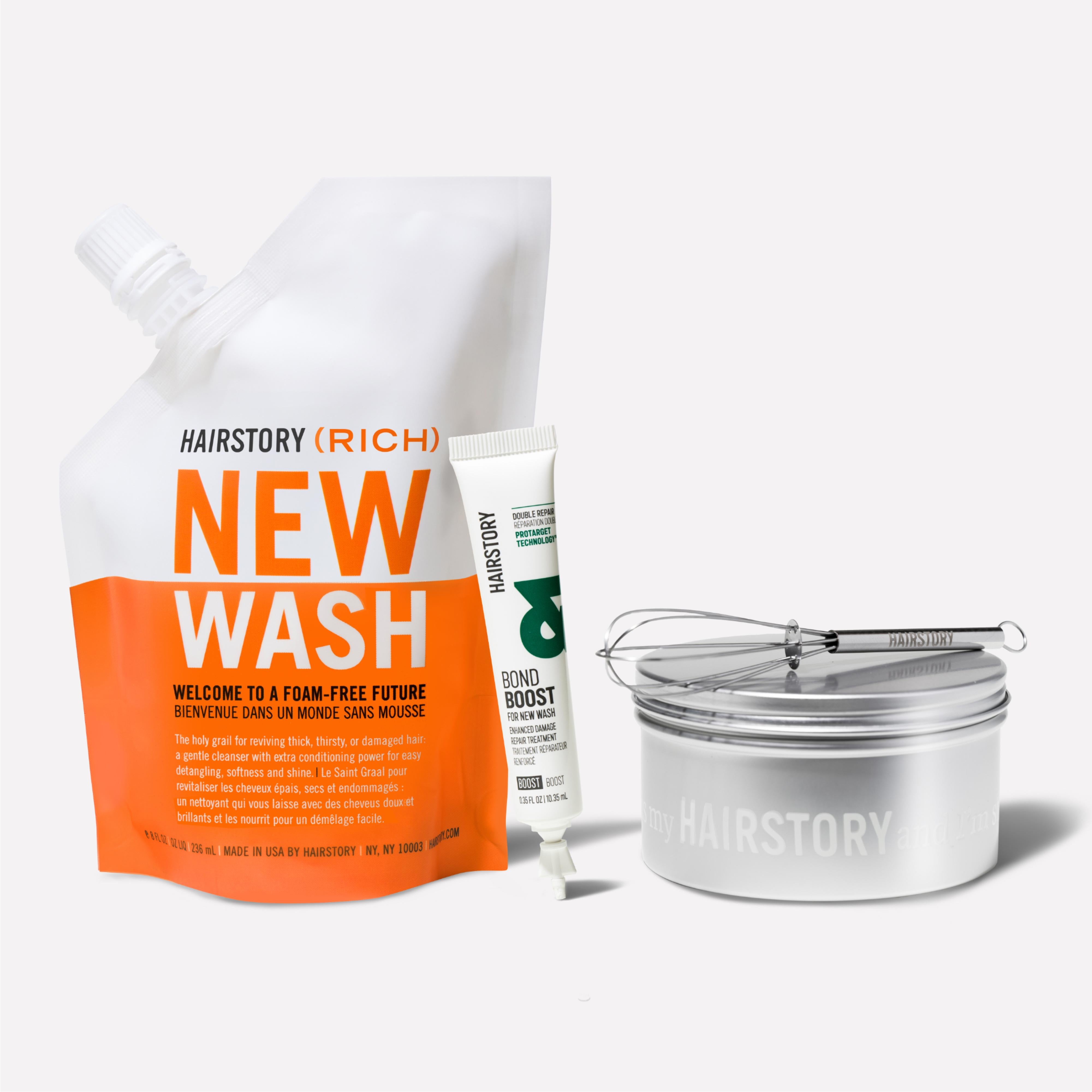For editorial hairstylists – sometimes referred to as session stylists – creating looks for magazine photo shoots, ad campaigns, and fashion shows is not all red-carpet glamour. In fact, very little of it is, and anyone considering this career path needs to be honest about how hard and how long they’re prepared to work. A great sense of taste and style is nice to have, but it will only get you so far.
How does an editorial career kick off? Patience, a good dose of determination, and a whole lotta luck: Accounts of early breaks include: “A client referred me to a photographer who was looking for someone to test with... My boss was dating a celebrity photographer who introduced me to his agent... I was working in a salon and did a photo shoot with a model who became a photographer and remembered my work…”
You get the idea: The right place at the right time – and the right people in the right place. (Note the consistent mention of the magic word ‘photographer’.)
The point is: Get your face – and your talented hands – out there, wherever the most happening ‘there’ happens to be.
Celebrity stylist Jen Atkin worked for months in a salon feeding meters and grabbing coffee trying to save up money for hair school until she met mentor Andy Lecompte and started an apprenticeship. London stylist Neil Moodie met photographer Corinne Day through a mutual friend whose hair he colored who asked him to color a model’s hair for a shoot for The Face magazine; that picture launched his editorial career. One of Amy Farid’s first shows was Hood by Air. She knew Shane when he was a club kid. He told her about a t-shirt line he wanted to do, and she styled the first show at an art gallery.
The point is: Get your face – and your talented hands – out there, wherever the most happening ‘there’ happens to be. You never know who you’re going to meet and where they might lead you.
Some of the pros of session work:
- Traveling the world and living in other countries
- Creative people, opportunities and challenges
- Fun and camaraderie
- Free breakfast, lunch, and maybe dinner on the job. And bottomless coffee.
Some of the cons:
- Living both with and out of a suitcase
- Sleeping in different beds many nights
- Managing jet lag
- Insane hours and working 14 days in a row
- Missing holidays, birthdays and weddings
- Making $100 for a 14-hour day
Words of advice culled from the experts:
- Always work hard; It doesn’t get handed to you on a platter.
- You may get a lucky break, but getting there can be easier than staying there.
- Never think you are the best – you can always be better.
- Cultivate originality: The industry isn’t looking for what’s been seen before.
- This is teamwork, so be easy-going and work well with others.
- Don’t expect to make money by limiting your work to fashion. Do advertising or shoots for bigger brands to pay the rent.
- Think of yourself as a world-class athlete – consistent training and practice.
- Constantly network with other industry professionals.
- Learn makeup skills as well to make you more employable.
How much money can you make?
Brooke Wall, founder of artists’ representative The Wall Group reports: “There are so many factors that determine rates, including the length and location of each opportunity, as well as longer-term brand affiliations and partnerships. It all depends on the caliber of an artist’s work, the roster of clients and the relationships our agents have with the various magazine editors, photographers, designers, design houses, advertising companies, brands, publicists and studios.”
She adds, “We're seeing hairstylists, makeup artists, and other beauty experts stepping from behind the scenes into the mainstream via social media. Consumers are clamoring for expert guidance. So the artists that will have success are those with the ability to respond deftly by providing compelling, informative content through social media platforms.”
It is worth mentioning here that as traditional media is contracting and brands are spending less on traditional advertising, hairdressers who also have makeup skills are in much higher demand as production budgets shrink.
The Keys to Success
Never say no. If you want to be successful, you have to put 10,000 hours into it, and when you reach 10,000 hours, you have to be willing to put in 10,000 more.
Stylist Sam McKnight shares the most important lessons he learned along the way. Number one: “To keep my mouth shut... in the beginning, I thought it was all about me, which I think everyone does when they’re young. Learn when it’s the right time to speak up and when it’s best to stay quiet.” Number two: “You can be really talented, incredibly gorgeous, but if it’s not your time, it’s not going to happen. Like everything in life, it’s all about timing.”
Caroline Cox, professor of social history offers this invaluable advice for hairdressers in any capacity: “You have to be aware of the latest thing in architecture, in literature, film, and particularly fashion. You should know your history of art. You should know your history of design. You should know your history of fashion, and see how hair fits into those cultural contexts – because hair does not exist in a vacuum, and if you look at all the greatest hairdressers, they’re part of culture.”
“You have to be aware of the latest thing in architecture, in literature, film, and particularly fashion. You should know your history of art. You should know your history of design.”
* * *
So go out there and find your part, as hairdresser Brian Casey did. He spends most of his professional time as a member of the teams headed by stylists Dennis Lanni and Ward Stegerhoek. We asked him about life outside of the salon, and what it takes to do the job mentally, emotionally and physically.
What do you like most about session work?
I get to work with photographers and models that I only used to read about in magazines, and meet all of these interesting people, and I get to see how they actually work. Watching photographers like Inez and Vinoodh actually shoot is amazing, because they both shoot at the same time and get different perspectives; their photos are spectacular without fail. I get to see how that actually happens, and how much work goes into producing a single image.
It takes a village – production, hair, makeup, and styling. The art direction and everything has to come together, so it’s a big, collaborative effort. At the end of the day, I know that we have to sell clothes, but I also want to make cool pictures. It’s an opportunity to be creative, to say what you want, and to collaborate with people to make beautiful images.
How did you start out?
I went to hair school because I saw an Alexander McQueen collection. He had this really deep undercurrent of darkness, but he figured out how to make it beautiful – dark, but still palatable.
When I worked at a salon in Baltimore, I would sit at the computer in the salon and pore through every single fashion collection. I wanted to figure out what I liked and what I didn’t like. I was getting exposed. I didn’t know any of the models; I didn’t know any of the photographers. I just knew that I liked what they were doing and that it is a very creative space.
Years later, the first shoot I worked on was with my friend Clay – who I knew when I worked for Aveda – one of the nicest people in the industry. I didn’t know what I was doing. I barely knew how to hold a curling iron because I came from the Sassoon school. I remember it was freezing; it was the middle of f***ing winter, everyone else was complaining, but I was so excited: ‘I’m on a fashion shoot. I’m actually doing it!”
Clay asked me to set up a station, and I had no clue what that even meant. I just took out everything from his bag and set it up, and it looked like a giant goddamn mess. I don’t even know if I did any hair that first shoot, but I tried to help out as much as I could.
Every set you’re on is an opportunity. You never know who is going to be where in a month, in a year. A lot of other people would love to be in your shoes, of course, but you’re there, so make the most of it.
How do you start?
First of all, you can’t really work in the fashion industry unless you’re in London, Paris, or New York. Those are the places that you have to be.
You start by assisting. You’re not going to be with Guido or Eugene or Ward at first; it’s just not going to happen. You’re going to be with your friends doing shoots wherever. The cool thing about fashion is you can produce a shoot anywhere you are. It doesn’t matter if you don’t have Celine or the best clothes, just make something cool. Make cool pictures; develop your eye and know what you want to say.
Start producing your own shoots. If one friend is into photography, grab another friend who looks kind of cool, someone else who’s into clothes, and make stuff on our own. You’re not going to be in magazines for a long time; it’s just not going to happen, but you can do editorial work and photography anywhere and get the practice in. It’s good to learn how to touch hair on set – and how to come up with an idea.
“Be flexible and learn how to work on a feeling, how to make a cool character, not a cool hairdo.”
Don’t stay up the night before a shoot or a show with the anxiety of coming up with brilliant ideas before you’ve seen the lighting or the clothes. A lot of people come up with a hairdo and then they’re stuck with it; you’ll never have those special moments on set if you’re so concrete about one idea. Be flexible and learn how to work on a feeling, how to make a cool character, not a cool hairdo.
What do you like to look at? What draws you to it? How do you then develop your own voice and create your own signature? I can look at Ward Stegerhoek’s work and know, ‘Ward did that.’ I can look at Dennis Lanni’s and say, ‘Dennis did that.’ I look at Guido Palau’s and say, ‘Guido did that.’ These people have spent years developing their signatures from practice, and repetition, making mistakes, figuring it out, and doing it again. Have patience with yourself with styling, because you’re not going to be a great stylist for a long time, and that’s just how it is: It takes time.
Finally, don’t compare yourself to other people because you’re going to drive yourself nuts with insecurity. I don’t think we should be in competition with each other; we should be admiring each other’s work.
What is essential to carry in your kit?
You’re assisting, but show up ready to work on your own. Never assume tools will be provided. Always have:
- A solid pin box, meaning a diverse assortment of styles.
- Ellnett hairspray is a staple. If you buy any products, make it Elnett (the European version is better if you can find it).
- Scissors.
- All your curling irons. When you show up and you need the one you don’t have, you’re not of much use anymore.
- A Mason-Pearson brush. I think boar bristles are very important. I know it hurts because they’re expensive, but you can do pretty much anything with a Mason. Right now, I have two: One is specifically for blow drying and the other is specifically for finishing, and they never get mixed up. One stays covered in hairspray in pristine condition. The other one is a giant goddamn mess, basically. You don't have to have a million brushes.
- Combs: A big, hard rubber comb is really important, plus a cutting comb, and a tail-comb.
- A good blow dryer. Twin Turbo. All the other ones suck. A Twin Turbo will last you forever.
- A flat iron – a skinnier one so you can really get into those edges and hairlines.
- A water bottle. Always have one, because on some shoots that’s all you have.
Which skills should a beginner practice, practice, and practice?
- Learn how to curl hair properly without lifting your iron too much so the root doesn’t get super dragged out. Know the difference between curls, and why to hold the iron flat or why to twist it. It’s all in the ‘why.’
- Learn how to do a proper blow-dry with a Mason-Pearson brush because that technique makes a big difference.
- Learn not to touch hair just to touch it. Touch hair with intention and because you’re actually going to do something. The minute your model gets changed, the hair is going to change too, and you’re going to have to fix it on set, so all your hairdresser-y fiddling isn’t doing anything. Touch hair if it needs to be touched, otherwise leave it alone.
- Practice ponytails, French twists, and classic styling techniques because they teach you how to actually manipulate hair. Practice – even in your downtime – working with hair as a natural fabric and achieving some degree of control over it. Root direction is key; if the hair is splitting in your ponytail, it’s not acceptable. The classic techniques are the most important. Half of the hairdressers today can’t do those sets they did in the ’60s. They were beautiful and all you had to do was take it out piece by piece and then build something.
“Practice – even in your downtime – working with hair as a natural fabric and achieving some degree of control over it.”
- Doing ‘undone’ hair is harder than people think and one of the hardest things to do. It has to have something visually appealing. The eye must travel; one thing must lead to another. There’s a lot of technique involved; you have to learn how to build before you deconstruct. Learn how to do everything incredibly clean first, and then you can start taking it apart.
- Learn to work with your hands. Stop relying on products. Understand what the hair is doing with any technique. For example, if you hold a braid up, it’s going to sit up. If you hold it down, it’s going to sit down. If you hold it out, it’s going to set out.
- That said, learn to manipulate products, but I think most lines are way too big. You don’t need 14 hairsprays when one can of Elnett will do. There’s different technology in different products and I do appreciate that, but pay more attention to how the hair feels and how you want it to look. If you like what certain products do, and they’re versatile, and you know how to manipulate them, those are the products you should have.
How does one know if it’s the right path to take?
Consider how important it is to you, and how committed you are to working in the fashion industry because it’s really brutal. It’s unforgiving. You’re going to work a lot of days for free. You’re going to do a lot of work on your days off – if you get days off. You're going to work for people who you don’t necessarily get along with, but at the end of the day, you thank them for the opportunity, and you move on to the next. Every job ends.
Don’t let yourself fade into the background. You have to be noticeable. Sometimes, that means running around. Today is technically my day off between shows; I did a show last night that went really great. Today, I went through and I thanked the team for everything. I returned the hair extensions, and picked up new hair extensions for another shoot tomorrow. Then I did a cut for this kid with an agency who has an important casting tomorrow. After work tomorrow I’ll return hair extensions and get new hair extensions. There’s really no downtime.
If you want to work in fashion, you can’t be insular and keep to yourself. You have to talk to people and have a working knowledge of the industry and who’s who. When you work with new models, who knows where they’re going to be tomorrow? A good working relationship with them can lead to other opportunities down the road. I work with a few agencies and I cut their new models’ hair and I get to establish a good rapport with who I’m going to be working with.
“...it’s really important to keep the vibe positive, because people are going to remember that. You could do everything perfectly, but if you have a bad attitude, it doesn’t matter.”
You have to have thick skin. Fashion people are perceived from the outside as having big egos, but that doesn’t really work anymore. If you have an ego, get rid of it. I understand if you’re a great hairdresser and you’ve done a million Vogue covers, but at the same time, you can be kind. I think it’s really important to keep the vibe positive, because people are going to remember that. You could do everything perfectly, but if you have a bad attitude, it doesn’t matter.
For the show that we did last night with Dennis, he texted me and said, “We need a team,” so I texted my friends. That’s who we got to work with, and now the show is getting all sorts of press. It went so well because Dennis is one of the nicest people in the industry, and we were friends working as artists together. I think we all start off as artists and somehow the rest of the industry convinces us that we are machines, but we are artists, so work as one and don't be a dick. Don’t be a dick artist. Be humble.
* * *
A hairdressing career that incorporates editorial styling is a very viable option – if: You’re willing to travel, you develop thick skin, you’re willing to work your hands off, and you’re a natural collaborator. But you might be disappointed if: You’re in it for the money, you prefer to work alone in peace – or you think you know it all. Editorial hairdressing isn’t just a job; it truly is an adventure. And while the rest of the world is dazzled by glamour, you’ll know how much grit goes into all that glitz – and that’s the beauty of it.









